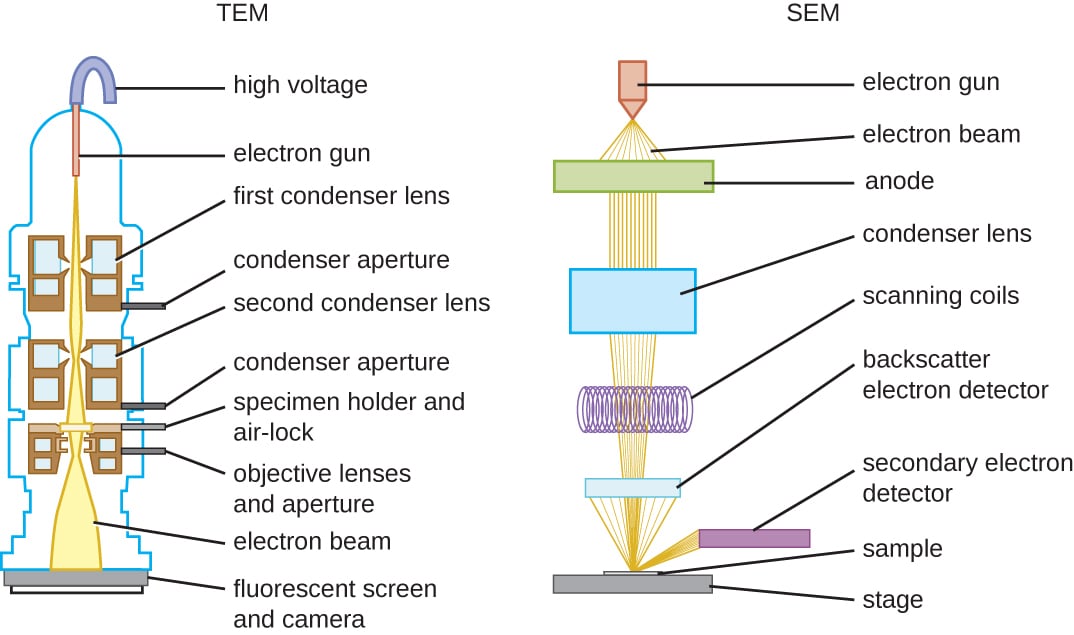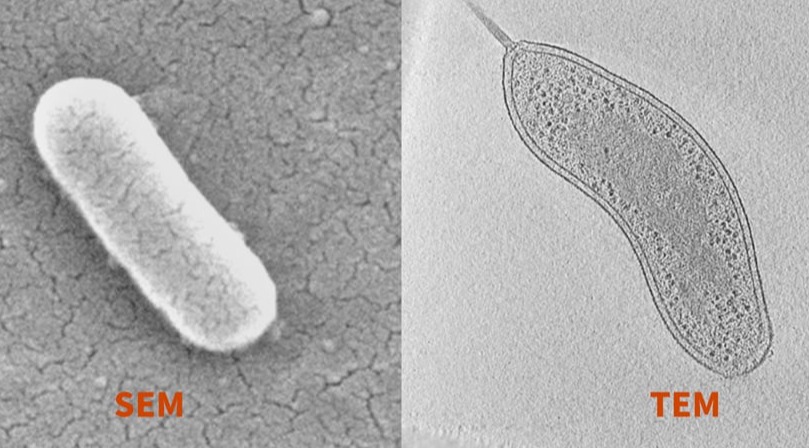Light vs electron microscope key differences
- Source of Radiation: A key difference lies in the type of radiation used; light microscopes use light, while electron microscopes use electrons.
- Wavelength and Resolution: Electron microscopes have a much shorter wavelength than light, resulting in a higher resolution. The resolution of electron microscopes is 0.5nm, compared to 200nm for light.
- Magnification: While both types can magnify specimens, electron microscopes offer higher magnification due to their superior resolution.
- Lenses: Light microscopes use glass lenses to focus light, whereas electron microscopes use electromagnets to focus the electron beam.
- Specimen condition: Light microscopes can be used to view living specimens whereas electron microscopes can't as the specimen must be in a vacuum.

